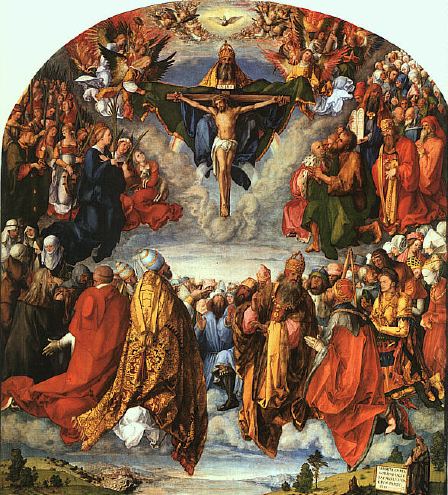Over at The Christian Humanist, a good, meaty conversation is developing about how we should define “heresy” and how we should assess the role of the ancient creeds today.
A week or so ago I worked through these questions on this blog in my series on early theological controversies (part I of that series is here).
Here’s a bit of the conversation on The Christian Humanist (but I recommend heading over to that blog to reading the rest of Nathan Gilmour’s post and the responses that ensued):
Michial’s working definition of heresy is that which stands against the Apostles’ Creed and the Nicene Creed, while my own definition was that which, if taught to a generations of Christians, would result in something other than the Christian church. (Michial, if I’m getting this wrong, do comment and set it right.)Michial’s criticism of my definition is a valid one: if the definition of heresy is an open, functional one, that leaves the door open for just about anything to become heresy, the only barrier barring anything from the category being the capacity of a heretic detector to imagine a disastrous future. And Michial is right to imagine (even if we didn’t dedicate the time during the podcast to say so) that heretic detectors tend to have lively imaginations. I readily grant that my own definition has that real danger, and people should listen to Michial. That said, I do want to attempt a positive case for thinking and writing about heresy precisely in those dangerous terms.
My functional definition stems from a hunch (and some history behind the hunch) that heretics have continued their innovative work (note that I did not call it creative) in the centuries since the Council of Constantinople (where, confusingly, the Nicene Creed took its final form). Those creeds were written at a time when homoousia and homoiousia were the central theological questions of the moment (in the case of the Nicene Creed), and although I can readily sign on to the former against the latter, I don’t know that our own generation’s teachings that stand the greatest threat to the core of Christian confession take their force to claims of similar natures rather than unitary nature. If folks whose “new” teachings draw their force from that Aristotelian distinction do crop up, the creeds will be handy for countering them. But those teachings that most threaten to turn the worship of Jesus Christ into civil religion, amorphous “spirituality,” or something else in our generation, at least as far as I can tell, draw their influences and their persuasive force from other places.
In other words, although one could stretch the Greek text of the Nicene Creed to counter such latter-day teachings as extreme forms of Italian humanism or blood and soil nationalism, I’d prefer to have texts contemporary to those phenomena (like the Barmen Declaration) address their particular character and engage the important question of whether their content and form threaten the particular faithfulness of those traditions that worship Jesus Christ.

 Medieval Wisdom for Modern Christians
Medieval Wisdom for Modern Christians







Can’t you do my work for me, Nathan?
Pingback: Flotsam and jetsam (11/5) « scientia et sapientia
Thanks again for the link. Thanks especially for a dedicated post. I’ll just go ahead and repeat (with variation) what I say above: I’m about two-thirds convinced that Michial’s right and I’m wrong, but I want to get more than his one-liner version, so I’m goading him into paragraphs! 🙂